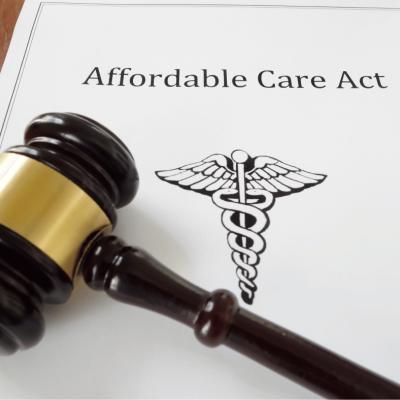Auto Insurance
Protect your vehicle and yourself with reliable auto insurance plans. Compare rates and save today.
Health Insurance
Get coverage for doctor visits, prescriptions, and emergencies. Explore health plans that fit your needs.
Medicare
Turning 65? Discover Medicare plans and benefits that give you the healthcare peace of mind you deserve.
Home Insurance
Safeguard your home and belongings from fire, theft, and natural disasters. Get coverage that protects.
Life Insurance
Make sure your family is financially protected when it matters most. Find affordable life insurance today.
Final Expense
Cover funeral costs and leave peace of mind for your loved ones. Simple plans with no medical exams.
ACA Insurance
Explore Affordable Care Act (Obamacare) plans. See if you qualify for subsidies and affordable coverage.
About Us
We Make Insurance Simple
and Accessible for Everyone
At our core, we’re here to help people protect what matters most — their health, their families, their homes, and their future. By blending smart technology with caring service, we make getting insurance fast, easy, and stress-free.
-
Easy & Fast Process
We simplify the way you compare, apply, and get covered — saving you time and money.
-
24/7 Live Support
Our friendly agents are available anytime to answer questions and guide you through every step.
From the blog
Latest News & Articles

Medicare Explained: What It Covers, Who Qualifies, and How to Enroll
Learn how Medicare works, what it covers, and who qualifies.

Understanding the Affordable Care Act: Benefits, Coverage, and Cost Savings
Learn how the Affordable Care Act can help you save money.

Auto Insurance Explained: What You Need, What It Covers, and How to Save
Drive smarter and safer with the right auto insurance plan.

Protecting Your Property: A Guide to Home Insurance Essentials
Home insurance keeps your property and peace of mind intact.

What You Need to Know About Medicare
Choose the right plan for your health.

Why Life Insurance Is a Smart Investment for Your Future
Secure your family’s future with the right life insurance policy.